Augsburg is the third largest city in Bavaria, after Munich and Nuremberg, and the second oldest city in Germany, after Kempten.
Being a small town, you need half a day or a maximum a day to visit the most important sights. Augsburg combines medieval and modern architecture, especially the baroque, renaissance, rococo and neo-baroque styles, which you can admire from a short stroll down Maximilianstraße.
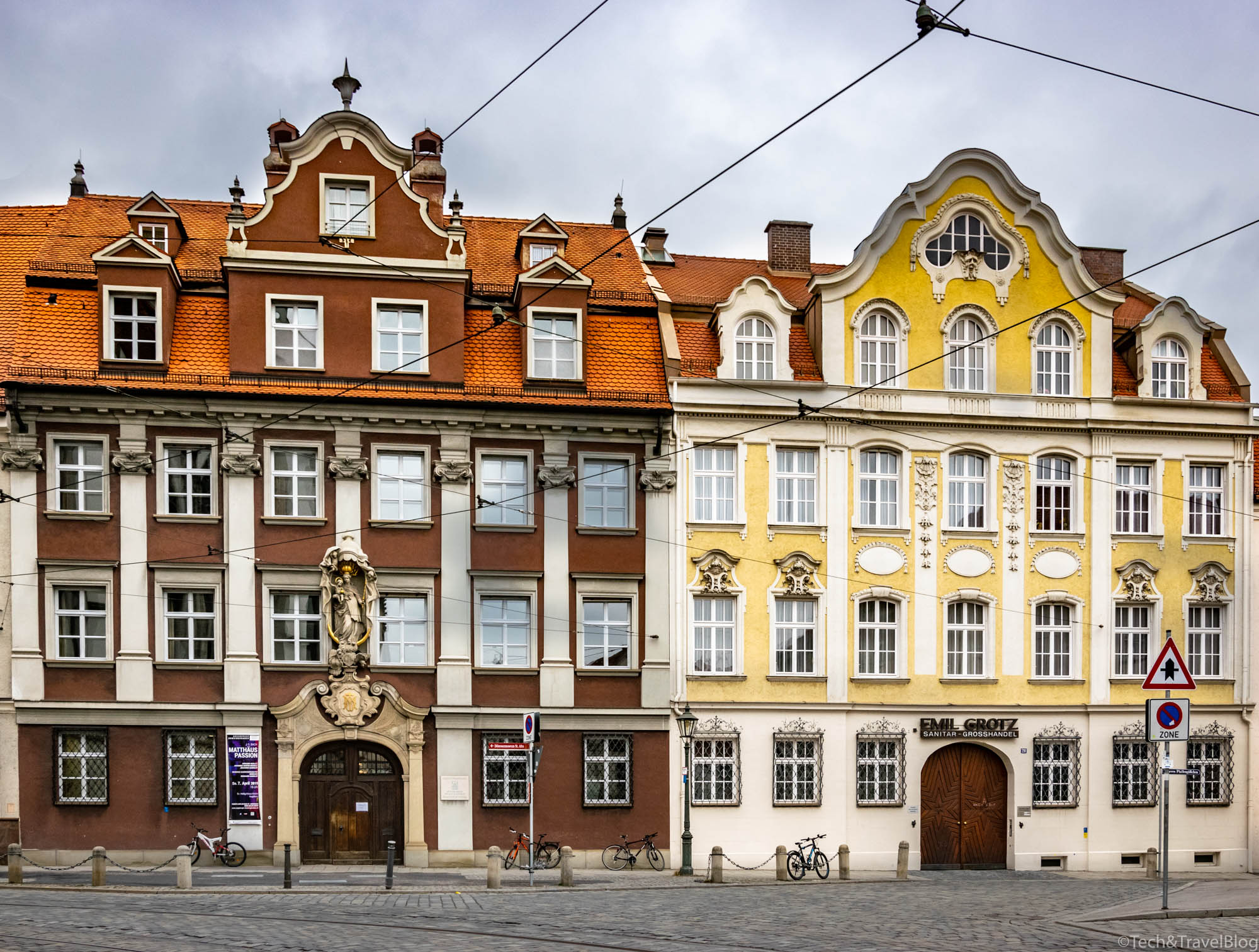
What can you visit in Augsburg?
The cathedral is a Roman Catholic construction dating from the 11th century, but in 1978 archaeological excavations revealed the foundations of a church from the 4th century. This is not surprising, considering that Augsburg is one of the oldest cities in Germany and was the important capital of a Roman province.
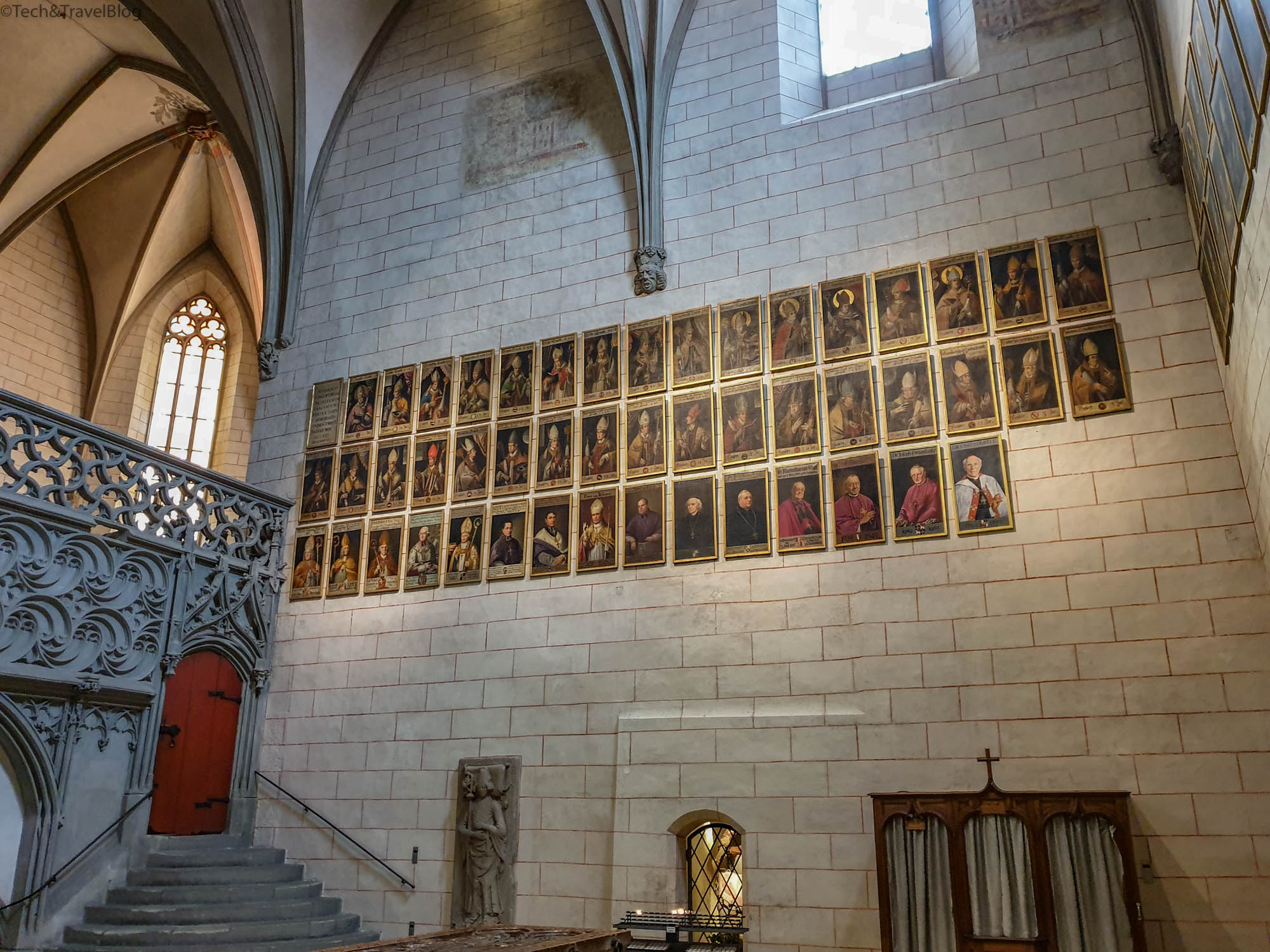
Inside the church are the oldest stained glass windows in Germany, dating from around 1100, but also Gothic elements and paintings by Hans Holbein (considered one of the greatest portrait painters of the 16th century).
The Augsburger Rathaus (Town Hall) is located in the center of the city and is a symbol of Augsburg. It is a massive Renaissance building known for its spectacular reception rooms. The Goldener Saal (Golden Hall) is considered the most impressive example of the German Renaissance. Unfortunately, the day we arrived in Augsburg it was closed and we could not visit the interior of the town hall.
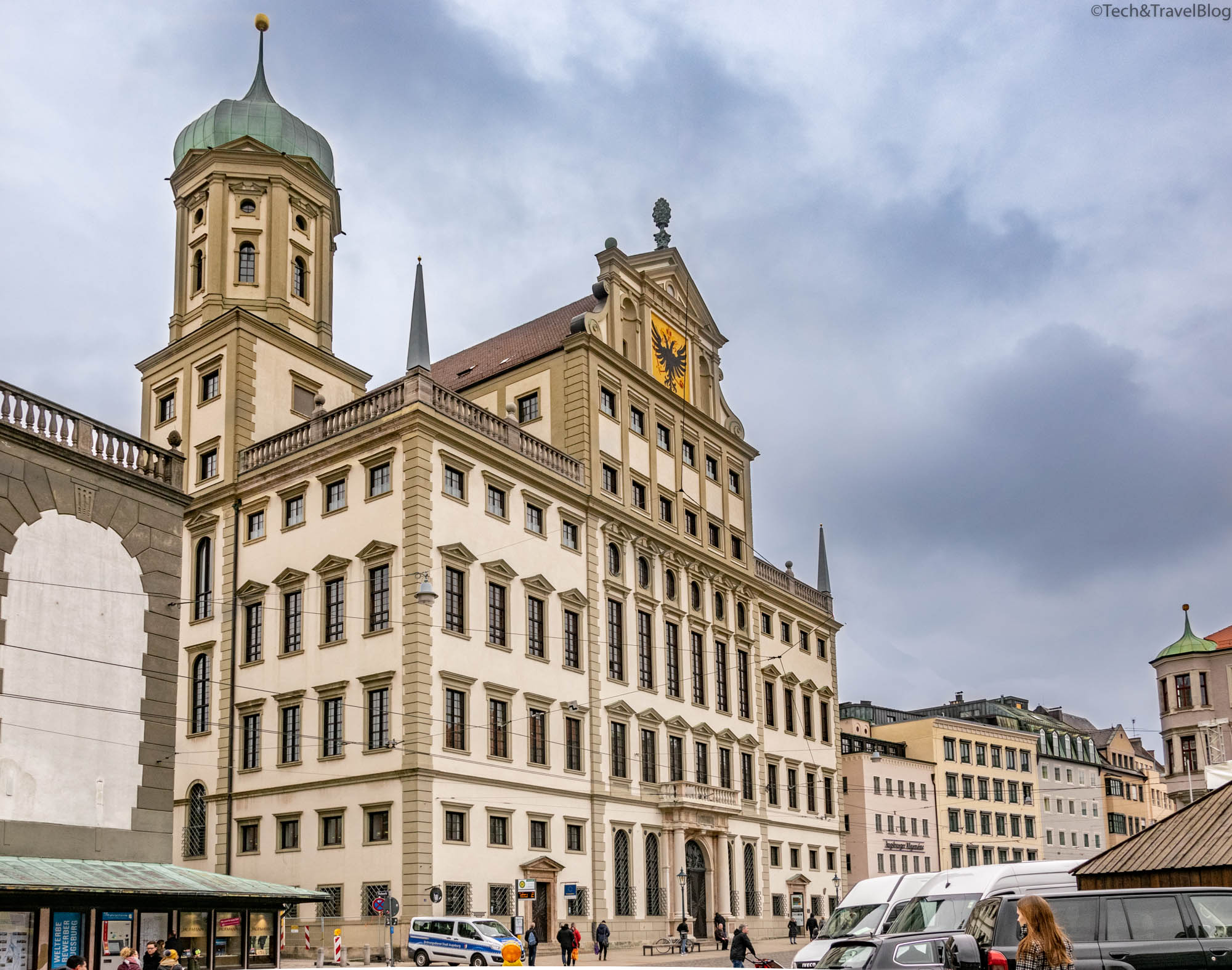
The 70-meter-high Perlachturm stands in the center of Augsburg , and together with the adjacent town hall forms the city’s most prominent landmark. If you want to have a superb view of the city it is worth climbing the 261 steps to the top of the tower.
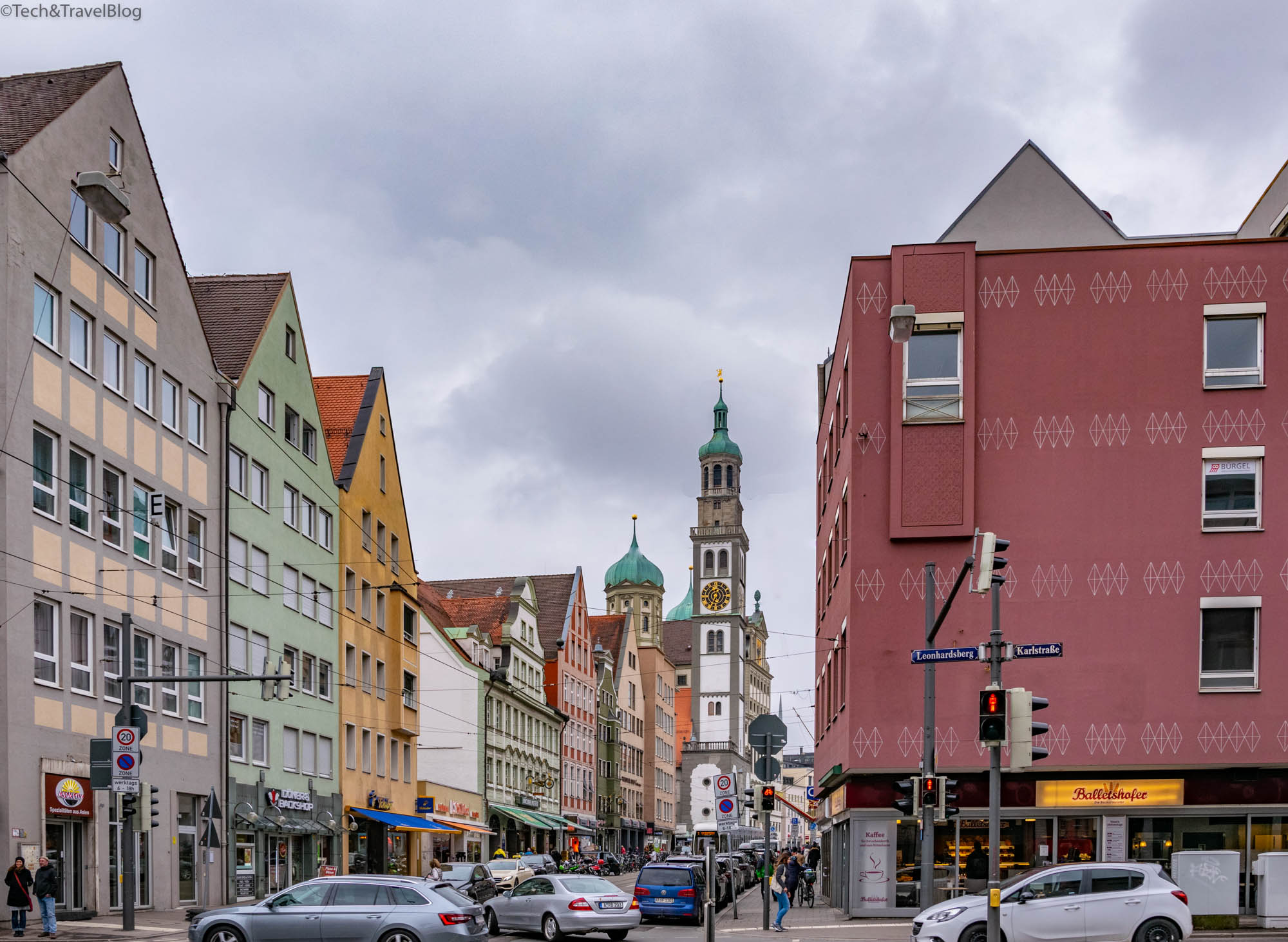
The Fuggerei neighborhood is the oldest social project, initiated in 1521 by Jacob Fugger. 67 buildings were built in the neighborhood where the rent costs less than €1/year and a church. The neighborhood is surrounded by a fence and has its own gate, and a fee of €4/person is charged for the visit. One of the houses has been turned into a museum and can be visited.
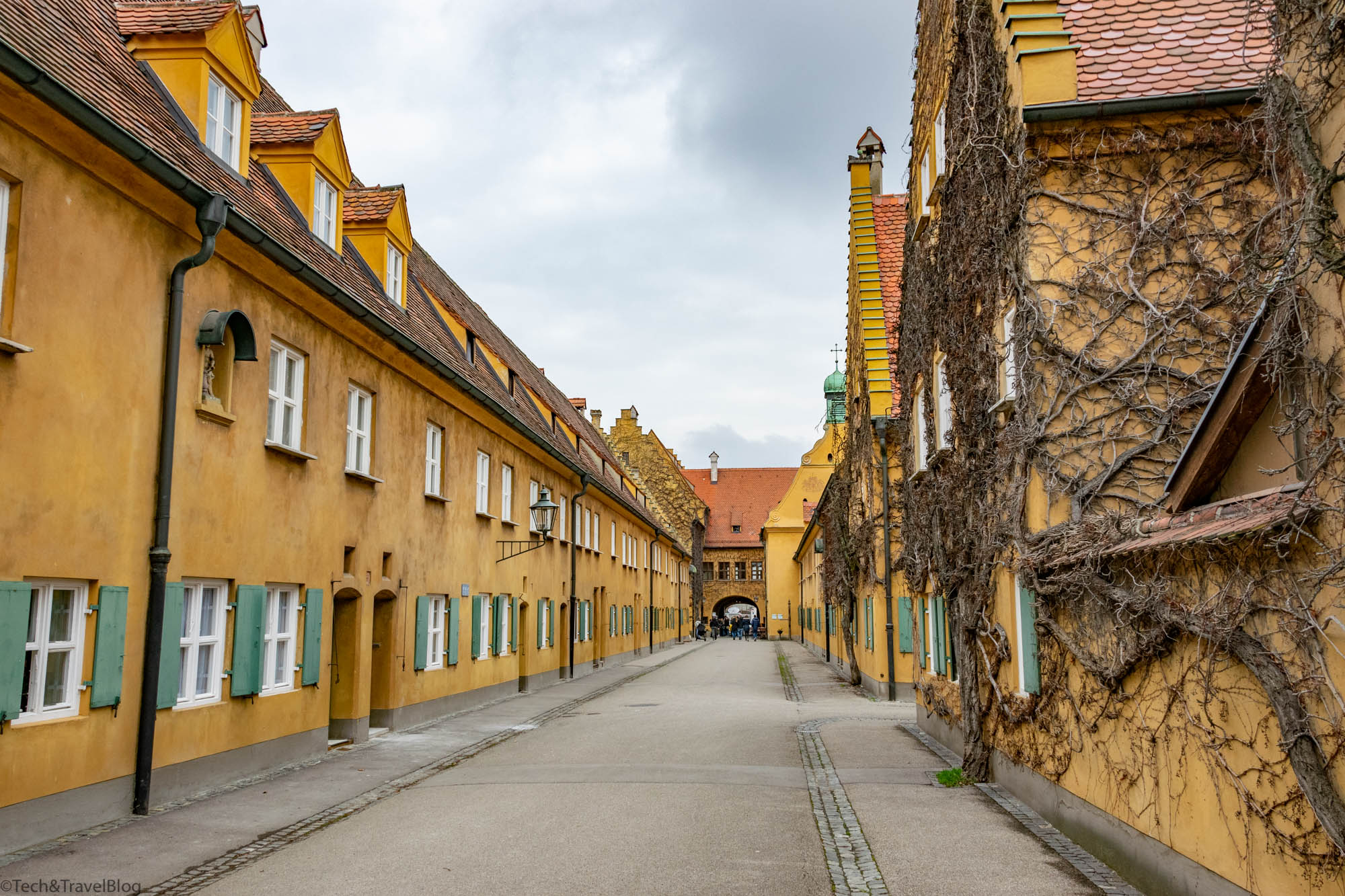
The Late Gothic Church of St. Ulrich and St. Afra was built on the site of a Roman temple – one of the 40 self-governing imperial monasteries of the Holy Roman Empire. Saints Ulrich and Afra are the patron saints of Augsburg, and their tombs are inside the basilica.
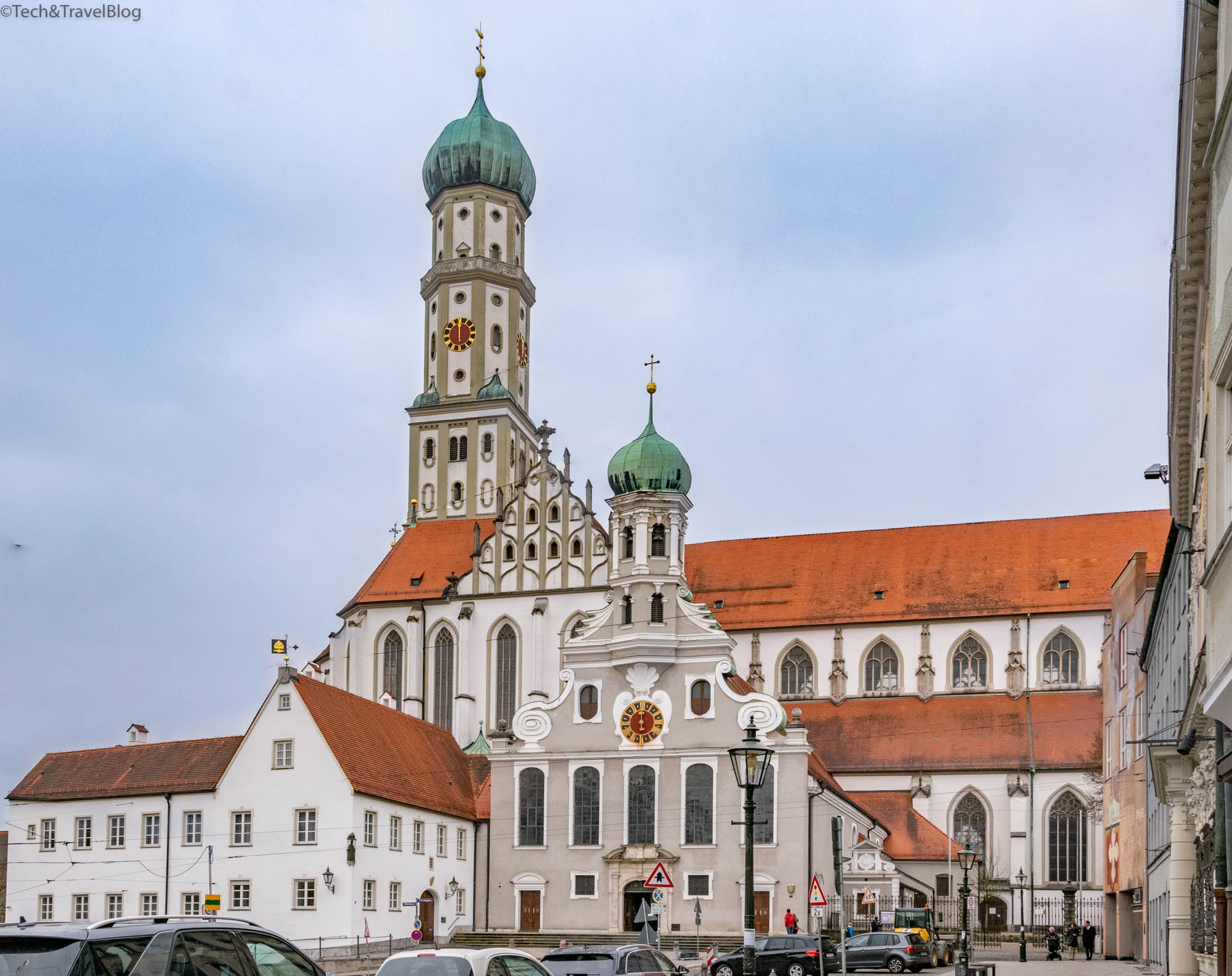
The Fountain of Hercules is located on Maximilianstraße and is a statuary group executed in bronze between 1596-1600. During the Baroque period, Augsburg was one of the richest and most developed cities in Europe, and Hercules‘ fight with the Hydra (snake-shaped water monster from Greek and Roman mythology) is a symbol of the city’s success.
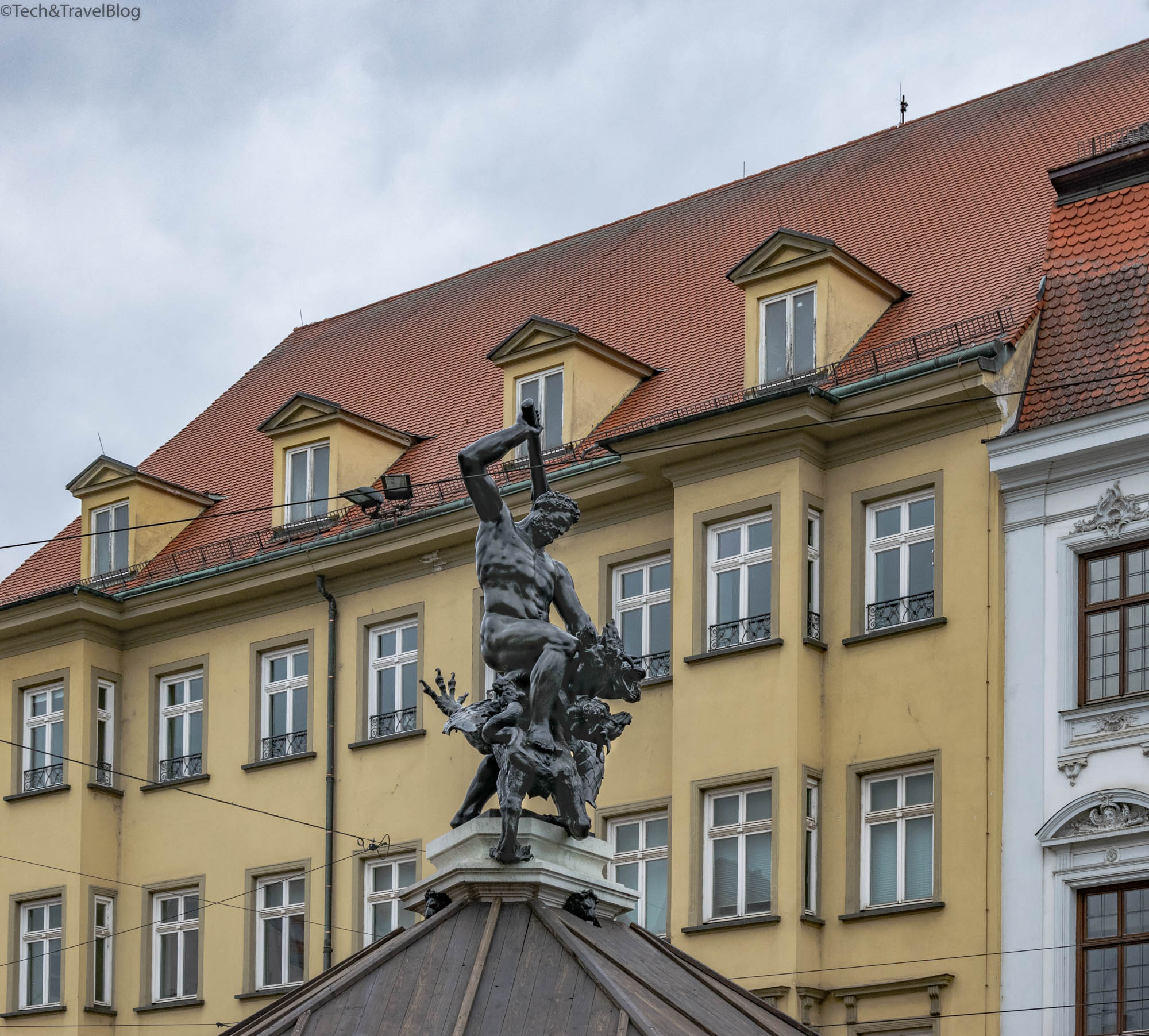
The Weberhaus catches the eye of passers-by thanks to its beautifully painted facade. In the past (14th century) it served as a center of the medieval textile trade.
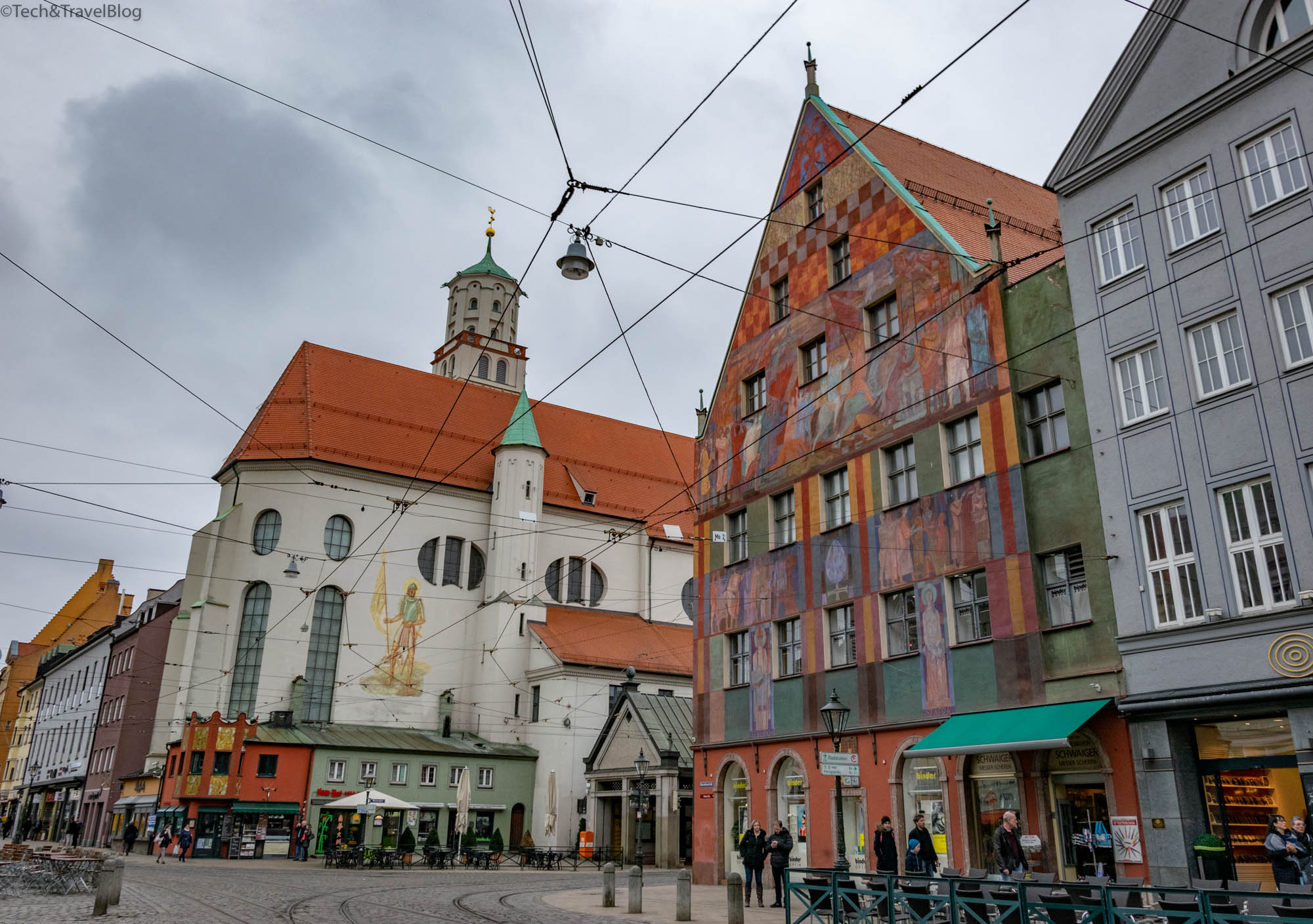
Fuggerhäuser. Between 1512 and 1515 Jakob Fugger the Younger designed and built two linked houses on Via Claudia (today Maximilianstraße), modeled on the buildings he encountered on his travels in Italy. The original building was the first Renaissance style construction north of the Alps. In 1517 he bought other neighboring houses and integrated them into the complex. The exterior facade is one of the longest on Maximilianstraße and shows the wealth of the Fugger family. Inside the complex were created four courtyards with arcades, columns clad in Tuscan marble and pools of water.
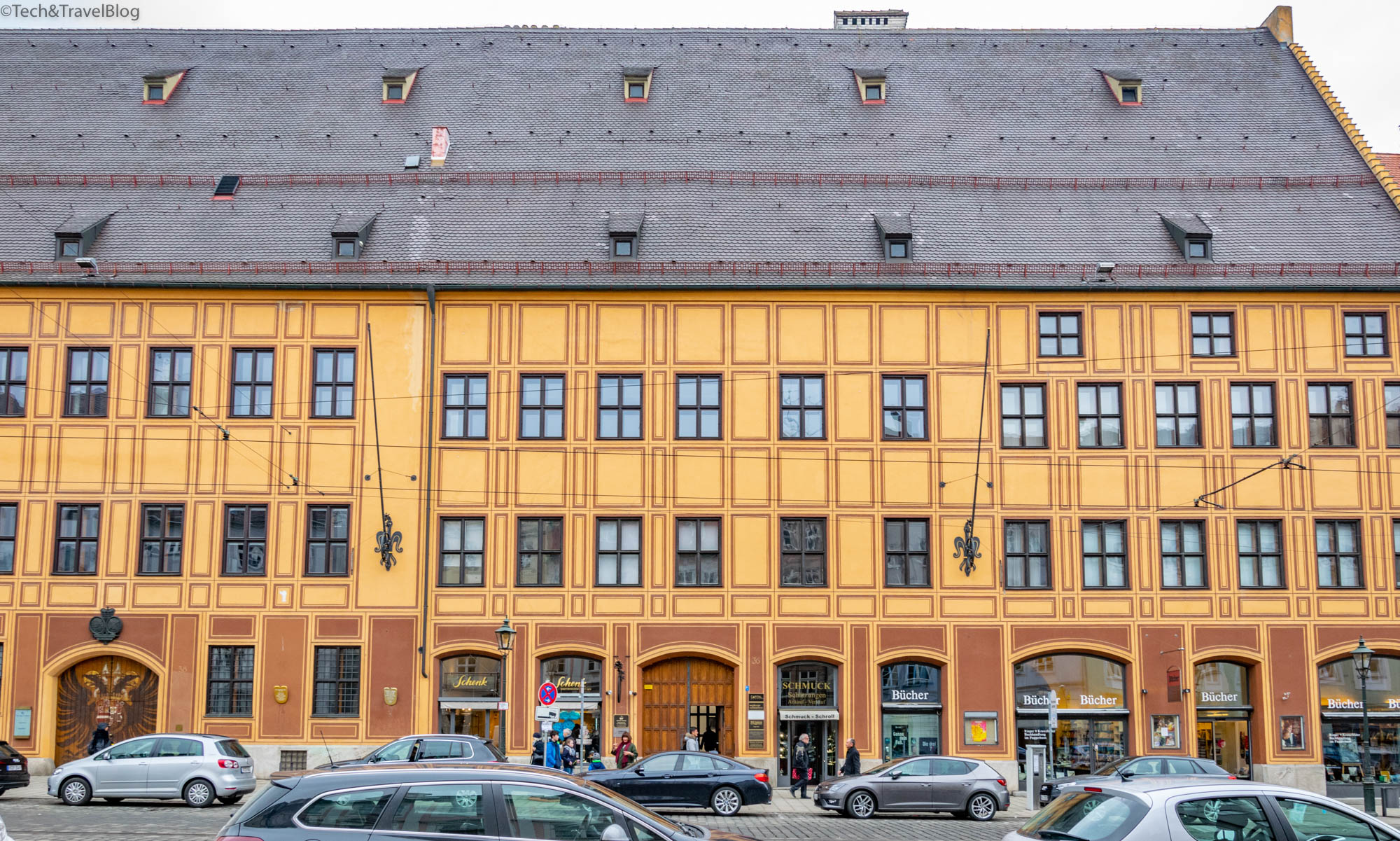
Maximilianstraße is considered a notable example of art history. It was established here in 15 BC. Via Claudia Augusta – road that connected the old Roman settlement with Italy, and as I wrote at the beginning of the article, a short walk on this street is like traveling in the past, on both sides meeting Gothic and Renaissance buildings, neo-classic or post-war.
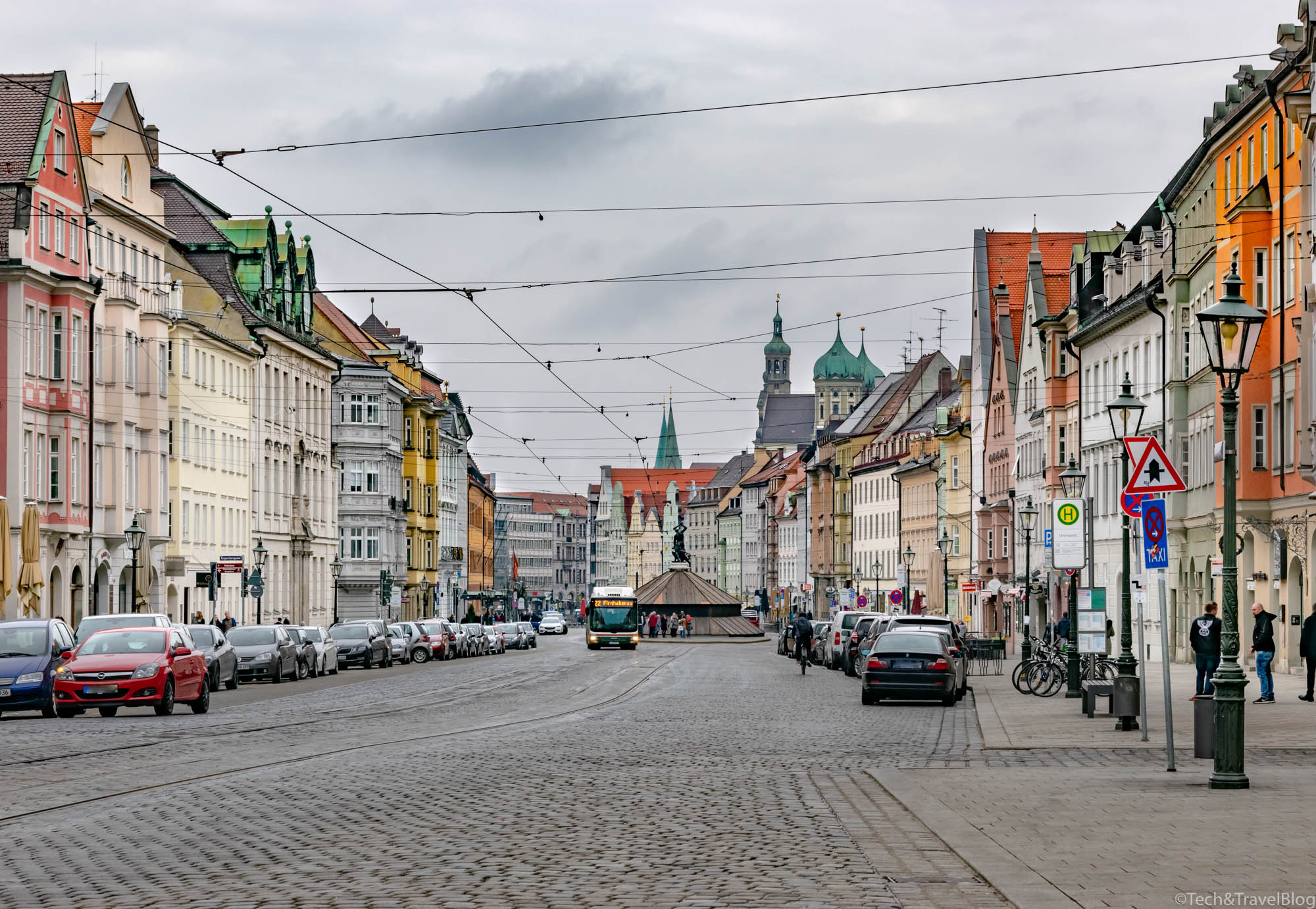
Other tourist attractions: Mozart’s House (Ludwig Mozart – Wolfgang Amadeus Mozart‘s father, was born in 1719 in Augsburg. In the house where he lived, books, musical instruments, letters and other personal objects are exhibited today); the Zoo (includes about 1,600 animals, birds and reptiles of 300 species and is home to several endangered species); the Botanical Garden (is spread over 10 hectares and has over 3,000 species of plants, herbs and trees. The greenhouse inside the park contains almost 1,200 plants, a herb garden, a Japanese garden, a rose garden and a vegetable garden); Augsburger Puppenkiste (the Augsburg puppet theater became famous in the 1950s when plays began to be broadcast on German television).
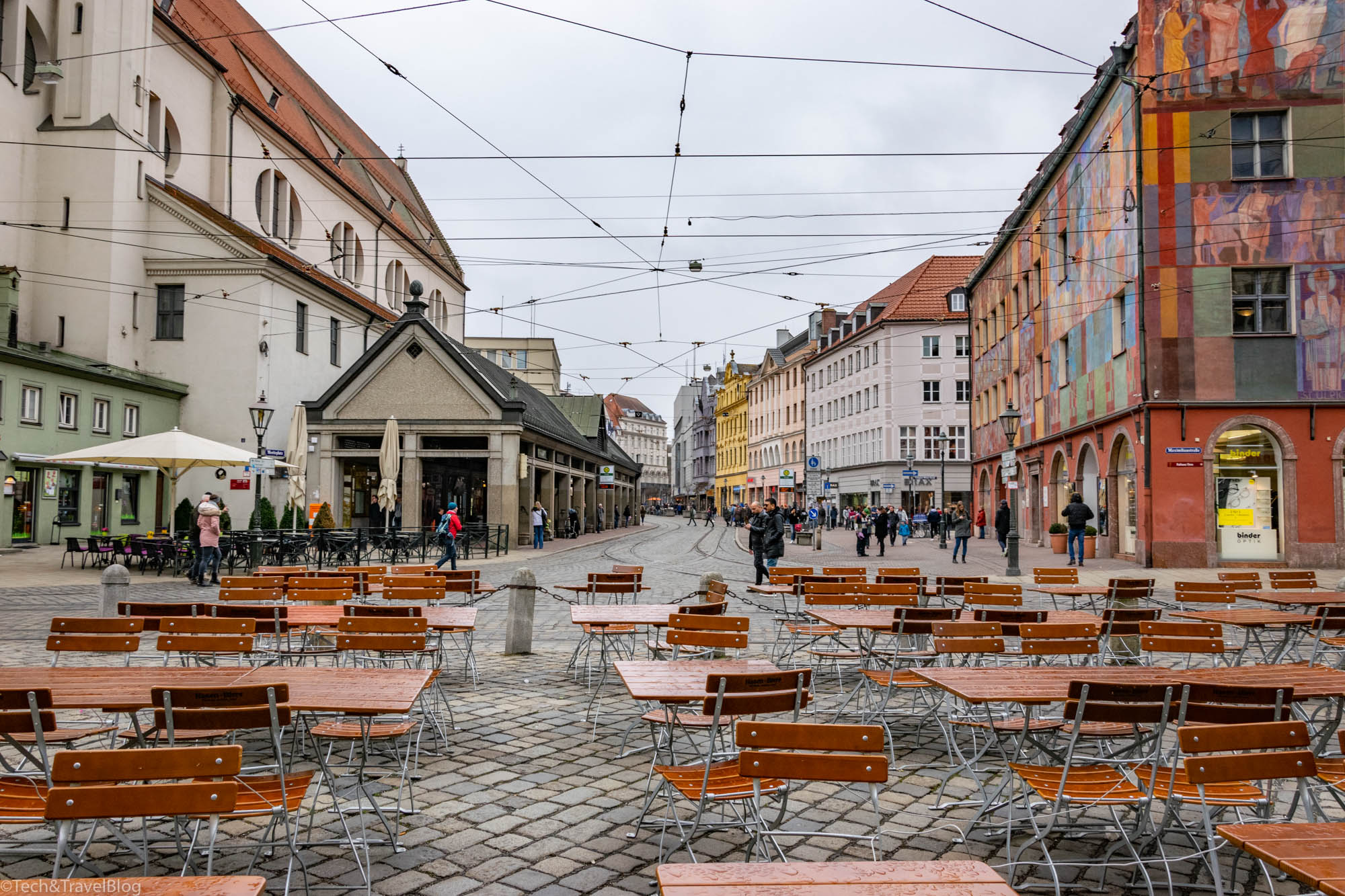
If you arrive in the Munich area, do not hesitate to visit the city of Augsburg, which is approximately 80 km away and is considered part of the metropolitan area of the Bavarian capital.
If you liked our article, read about the last destinations we visited by clicking here .
(Augsburg – March 2019)

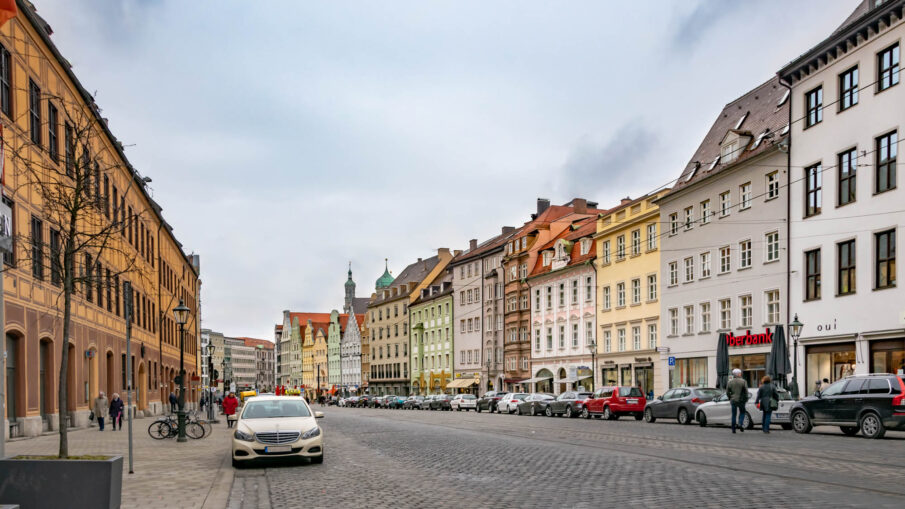
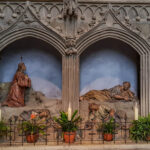
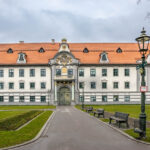
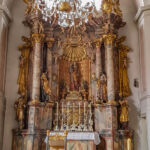
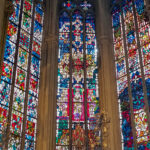
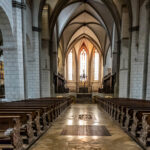
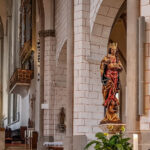
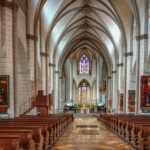
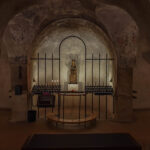
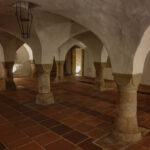
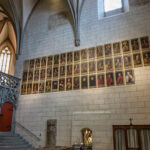
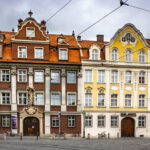
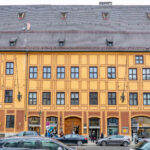
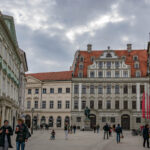
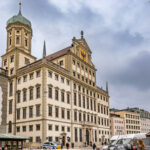
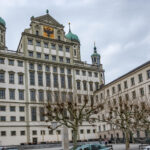
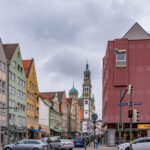
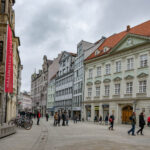
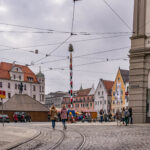
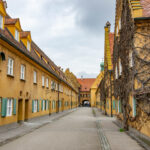
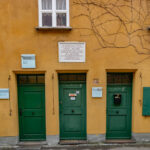
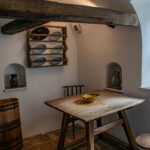
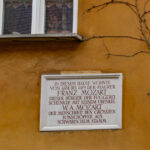
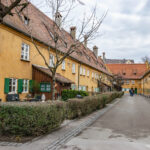
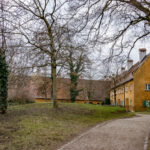
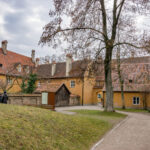
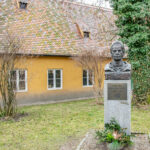
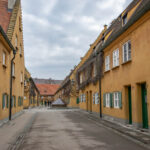
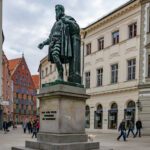
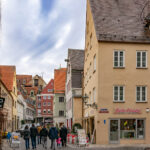
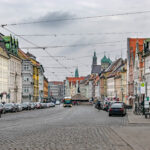
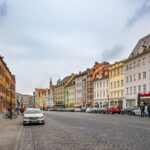
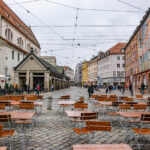
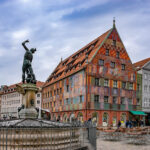
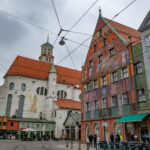
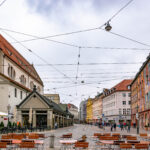
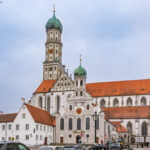
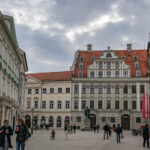
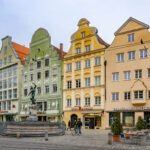
Leave a Reply